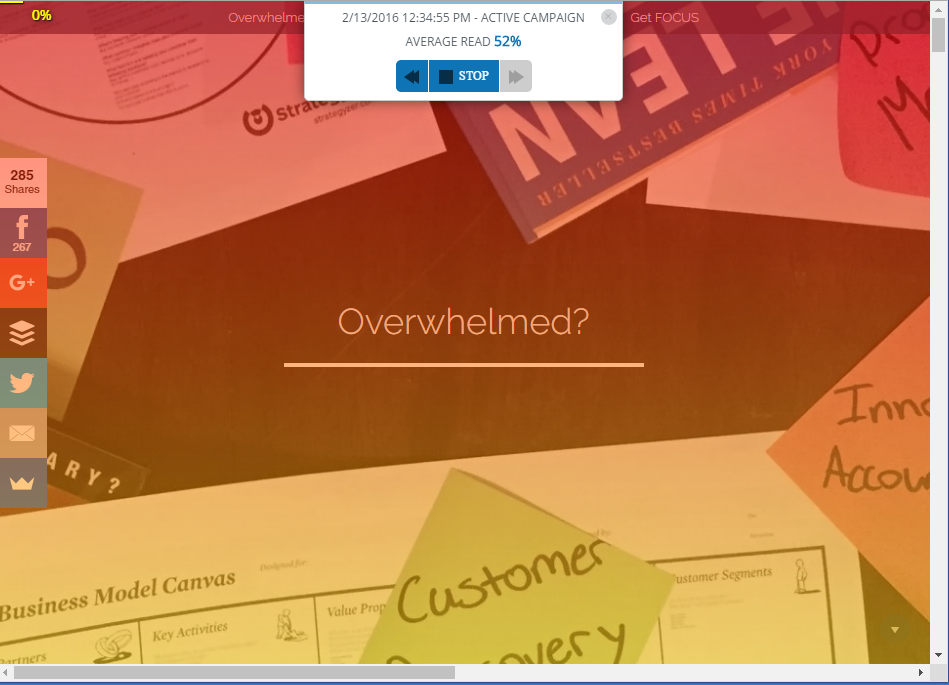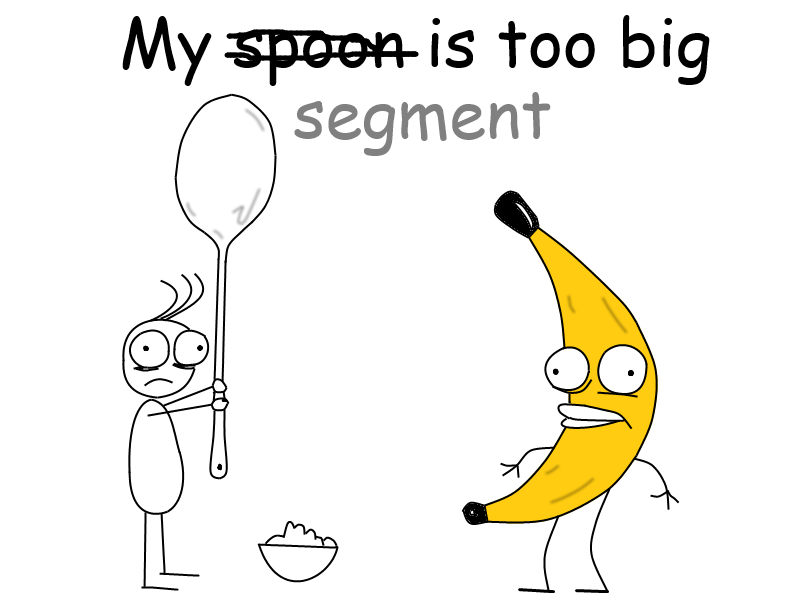How to find Product-Market fit?
Trending Posts
All Posts
48 posts

Minimum Viable Products (MVPs) are tricky: How “minimal” should yours be? What does “viable” mean? How do you keep it simple, without ruining your reputation? MVPs only need to only do one thing. To understand that one thing, you want to understand the definition of MVP. MVP is the new Beta? Remember when “betas” were a thing – as in, “we’re working on

When it’s time to build your landing page MVP, make sure you’re familiar with each these tools. They’ll help you make the most of your experiment – without costing you much money. Tool #1: Definition of MVP Before you go crazy building a landing page MVP, let’s make sure you have an empowering definition of MVP. If you’ve

You know the #1 Rule of Validating the Problem is…to not talk about your solution. If that’s the case, how and when, do you pitch your solution? Watch this video for a quick walk-through on how to sell, without pitching (i.e. how to nail a solution interview). When do you Pitch your Product? The answer, for me, is easy: The perfect

If you’re doing B2B Problem Interviews, I’ve got some tweaks to our traditional interview script that I’ve been using to great effect in the enterprise space. I wanted to pass them along. Step 1: Define the Role I now start off my B2B interviews with, “How do you describe your role?” I dig this question for 2 reasons:













